The Indian summer was still fending off the mists and mellow fruitfulness. But the autumn term was about to begin; the season’s changes would soon be manifest. So it was a day for anecdote and recapitulation; for telling amusing August tales, behind which lurked deeper meanings.
A couple of friends had been to the Palio, as everyone should, once. I remember being surprised that several hours of mediaeval pageantry could hold one’s attention, which it certainly did: but more than once? No one would watch Psycho twice. I also remember being surprised that the young of Siena would spend weeks rehearsing: hard to imagine that happening here. The spectacle ends with a horse race: several circuits of the Piazza del Campo. It is excitable viewing. We were watching it from scaffolding on the south side of the Piazza. The locals got carried away; the scaffolding shook to such an extent that I feared collapse. Horses usually fall, and the jockeys are Sicilian dwarves, which leads to conclusions being drawn.
After the race ends, there is usually a scuffle. Hundreds of young men square up and blows are exchanged, but only with the flat of the hand. These are not Caesar’s legionaries: more Electric Whiskers’s surrender monkeys. In recent years, there has been a problem. Although it sounds like an escaped item from a Peter Simple column, it appears to be true. Animal rights activists have been complaining about the risk to the horses.
Animal rights, in Italy? God help us. After all, there is no reason to worry about the nags. It they suffer serious damage, nothing will be wasted: straight to the salami maker. As for any injured jockeys, even if the stewards took a beady-eyed view of their tactics, they would receive medical care. This is Siena, not Sicily.
The day then progresses to banqueting and drunkenness. All the Contrade — the wards which are the bedrock of Sienese civic pride — give banquets. Every Sienese youngster is rewarded for his processing and his scuffling with enough wine to bring a fully grown ox to its knees. By midnight, the entire youthful population is awash. Yet the visitor is totally safe. The worst hazard is a cry of ‘va bene’ and an invitation to have a glug. It is somewhat more civilised than the Piazza del Campo in Leicester Square.
It is tempting to conclude that northern Italy exhibits a higher order of civilisation than anything we Brits achieve on the rough imperial frontier. A benign climate, an equally benign integration of alcohol and food; they order these things better in Tuscany. Then an Italian spoke up. It was fine for visitors, but to those who lived in Italy, the incompetence and corruption were a source of constant gloom. Under a semi-decent government, northern Italy would be half as rich again, and there was always the threat of Sicilian mores spreading north, with more serious targets than the Palio.
We were now becoming ruminative. It was argued that good government requires Protestantism and a bracing climate. Others reminded us how well governed Siena was during the Middle Ages. In their view, modern Italy is suffering from the Risorgimento: a premature attempt to force unity on a country which was still too disparate, inciting a nationalism that ended in Mussolini. Virgil’s Italy was forced on to Procrustes’ bed, a problem now compounded by the eurozone.
Needless to say, the discussion was lubricated, though not on a Sienese scale. I have already praised the growers, but make no apologies for repetition. Helmut Dönnhof’s rieslings are superb, as are Nathalie Tollot’s pinot noirs. Tollot-Beaut has been an innovative house, and that will continue. Drink these wines whenever you can, especially as they are reasonably priced. The quality will be abiding. The pricing is another matter.
Got something to add? Join the discussion and comment below.
Get 10 issues for just $10
Subscribe to The Spectator Australia today for the next 10 magazine issues, plus full online access, for just $10.
You might disagree with half of it, but you’ll enjoy reading all of it. Try your first month for free, then just $2 a week for the remainder of your first year.


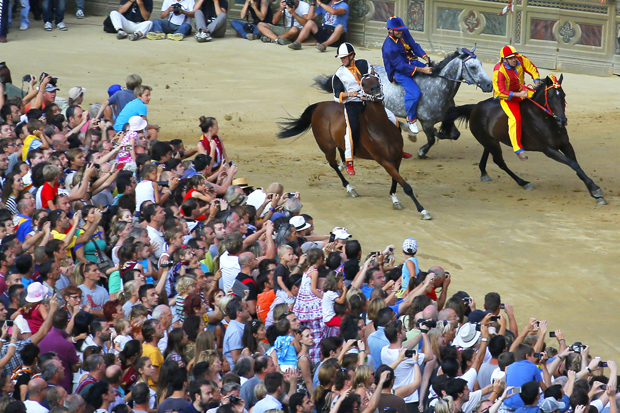
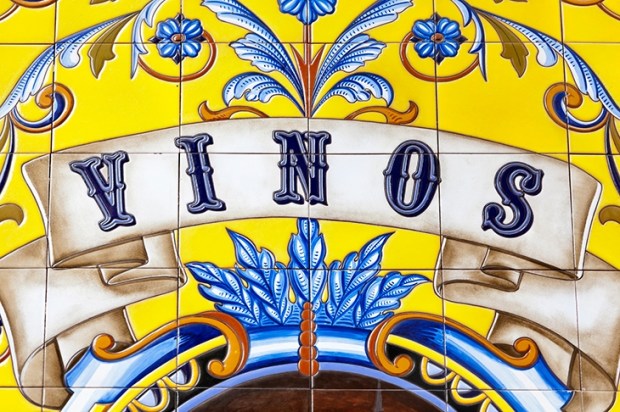

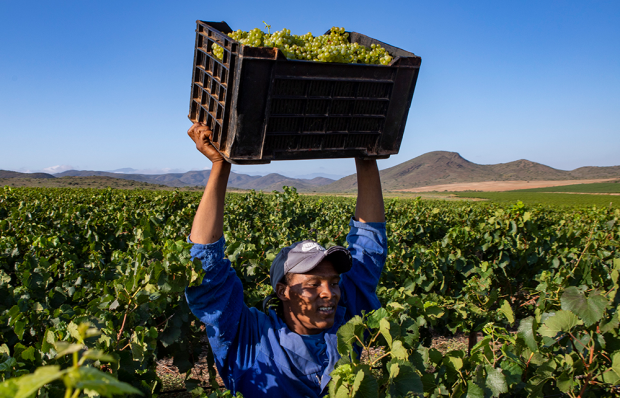

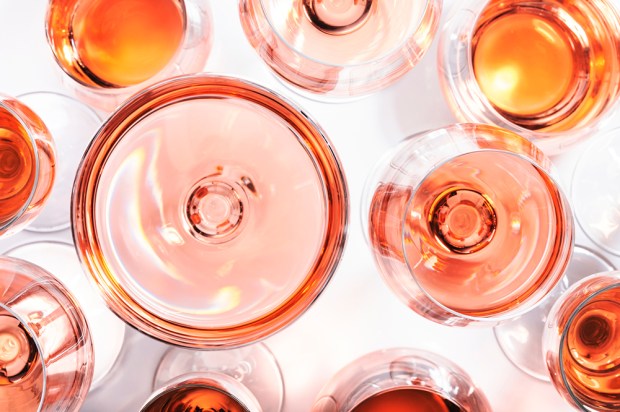
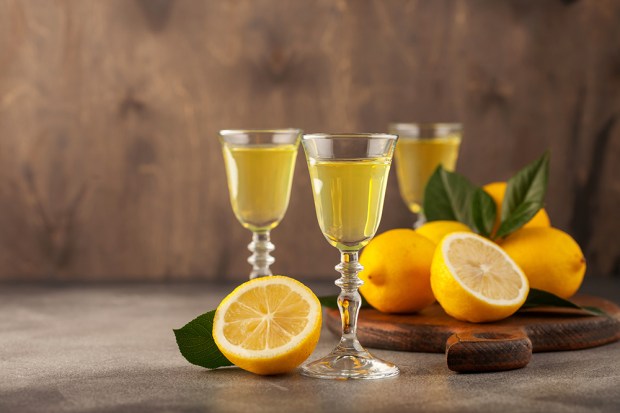






Comments
Don't miss out
Join the conversation with other Spectator Australia readers. Subscribe to leave a comment.
SUBSCRIBEAlready a subscriber? Log in